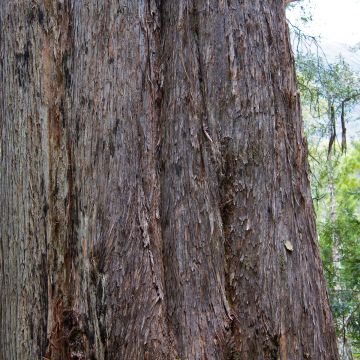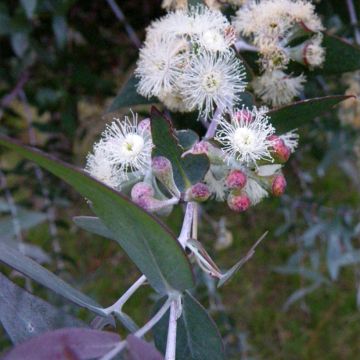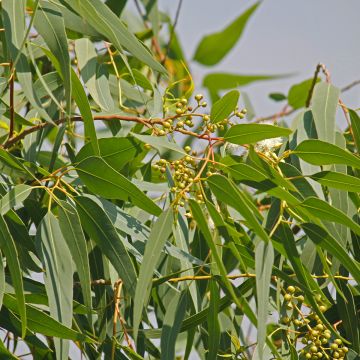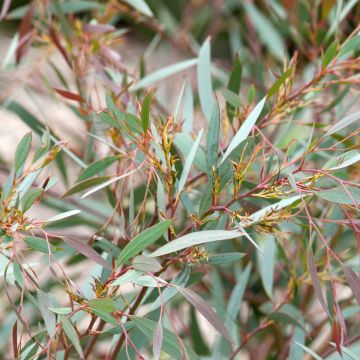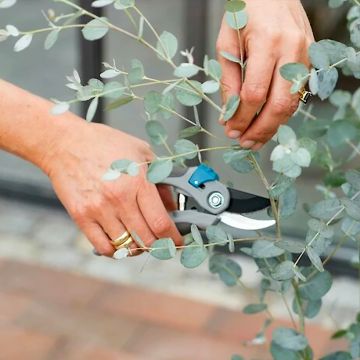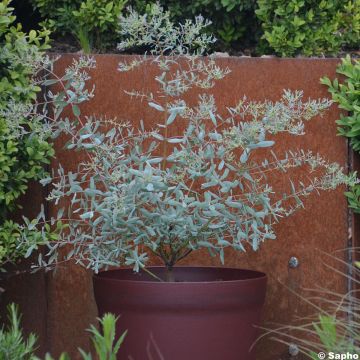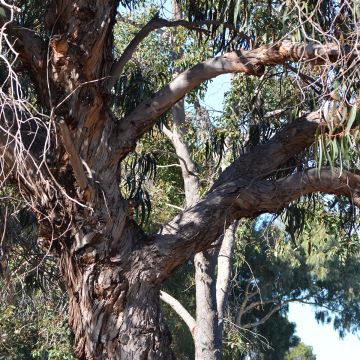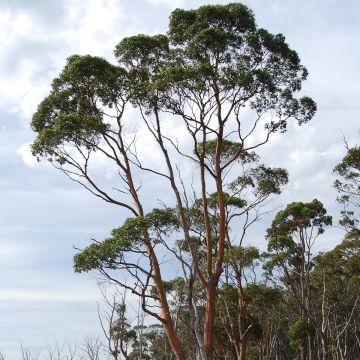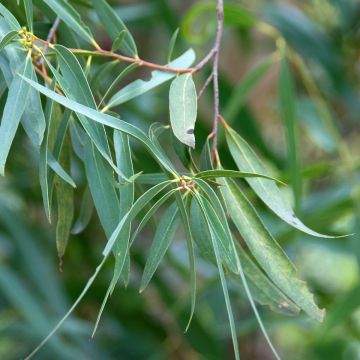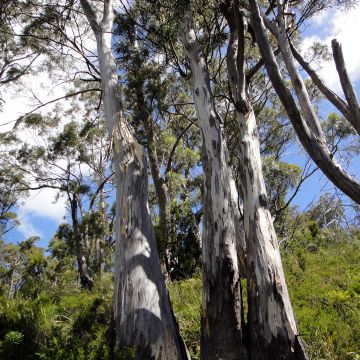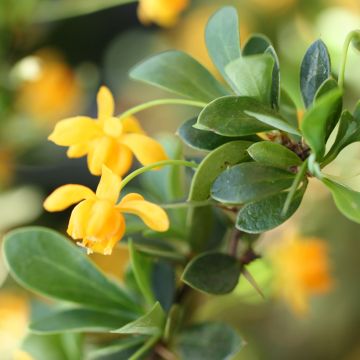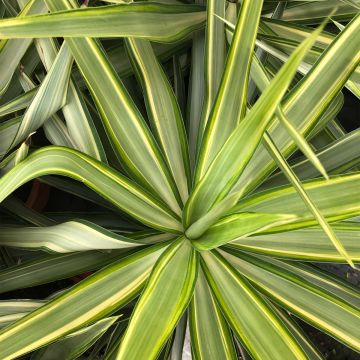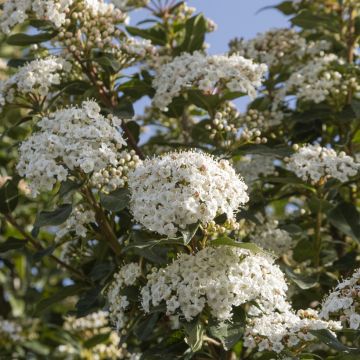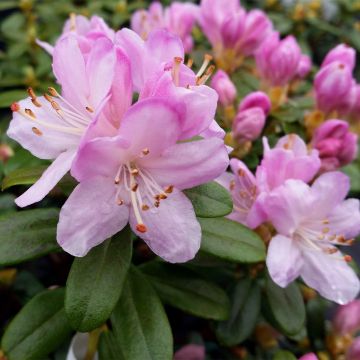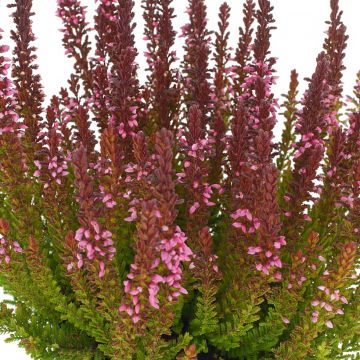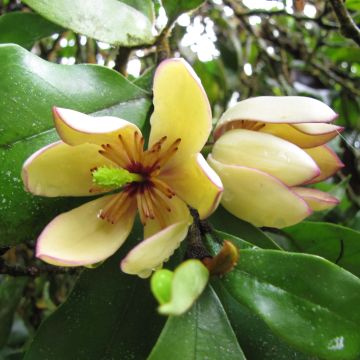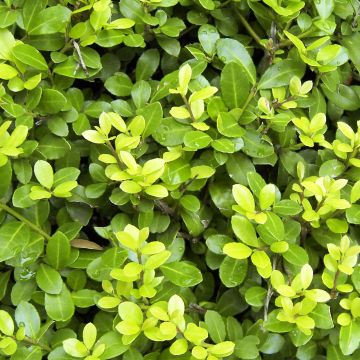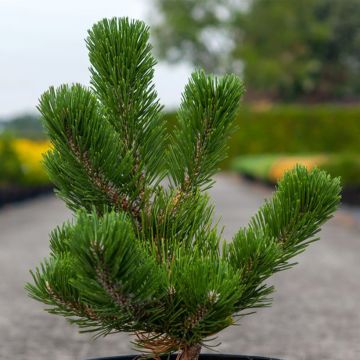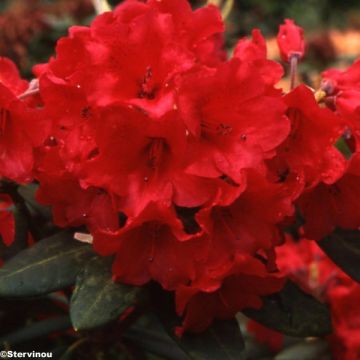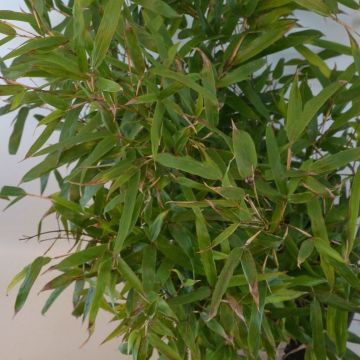Shipping country and language
Your country of residence may be:
Your country of residence is:
For a better user experience on our website, you can select:
Your shipping country:
Andorra
Austria
Belgium
Bulgaria
Canada
Chile
Croatia
Cyprus
Czechia
Denmark
Estonia
Finland
France
Germany
Greece
Hungary
Iceland
Ireland
Italy
Latvia
Lithuania
Luxembourg
Malta
Monaco
Netherlands
Poland
Portugal
Romania
Slovakia
Slovenia
Spain
Sweden
Switzerland
United Kingdom
We only deliver seed and bulb products to your country. If you add other products to your basket, they cannot be shipped.
Language:
French
German
Spanish
English
My Account
Hello
My wish lists
Plantfit
Log in / Register
Existing customer?
New customer?
Create an account to track your orders, access our customer service and, if you wish, make the most of our upcoming offers.
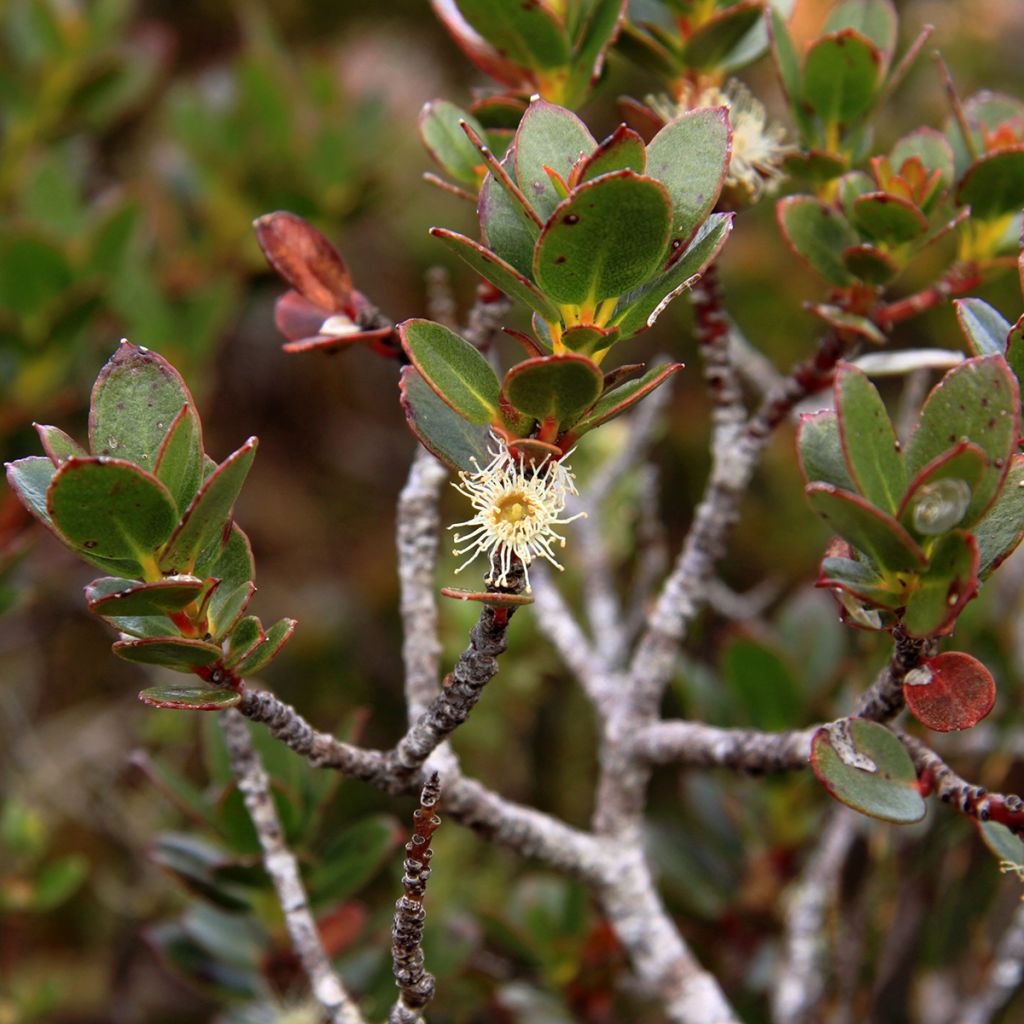

Eucalyptus vernicosa Mt Hartz
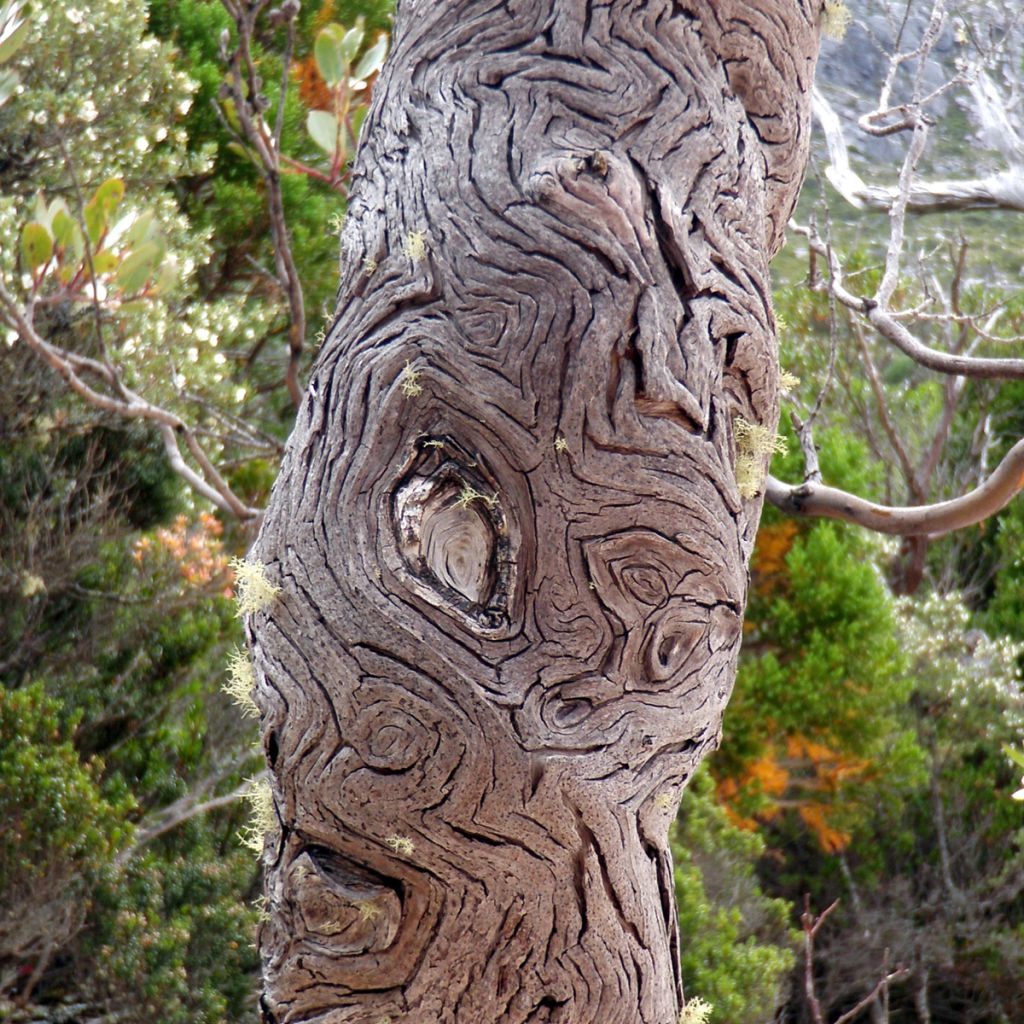

Eucalyptus vernicosa Mt Hartz
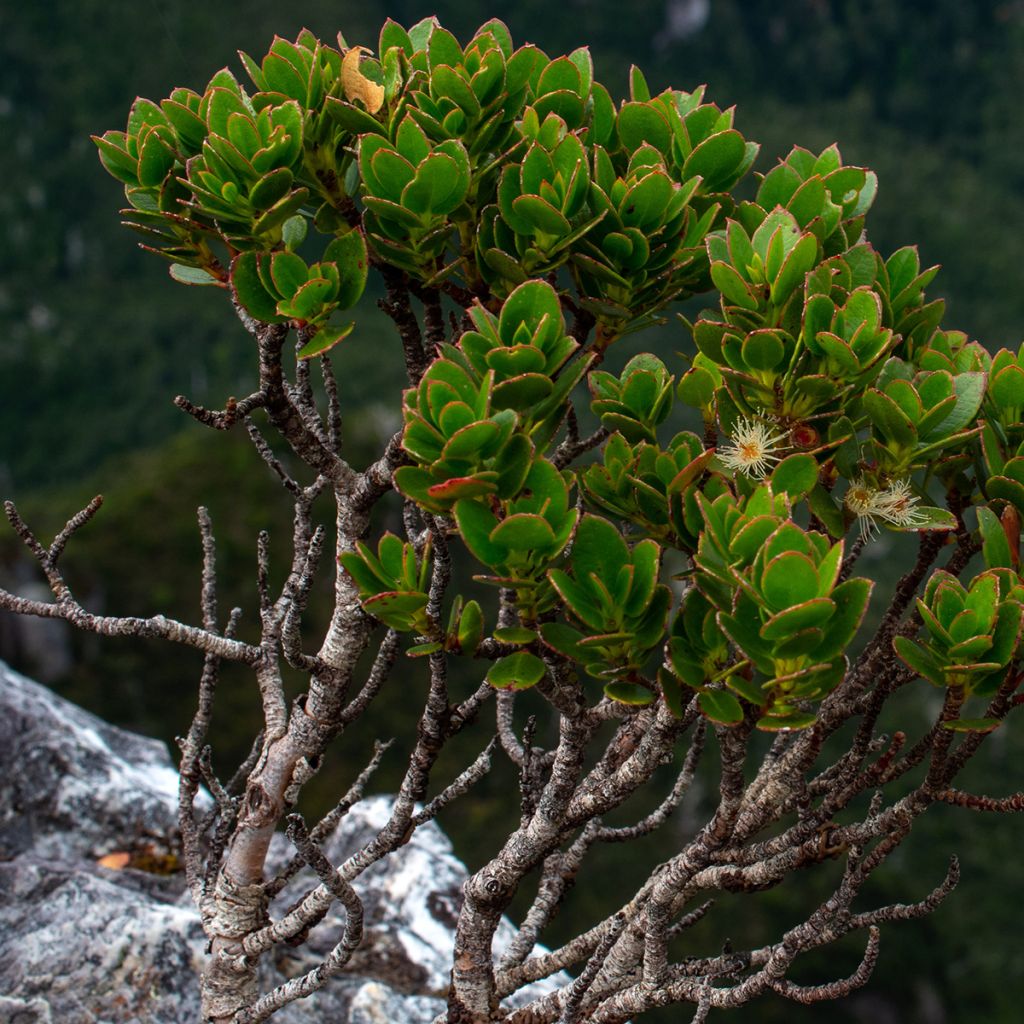

Eucalyptus vernicosa Mt Hartz
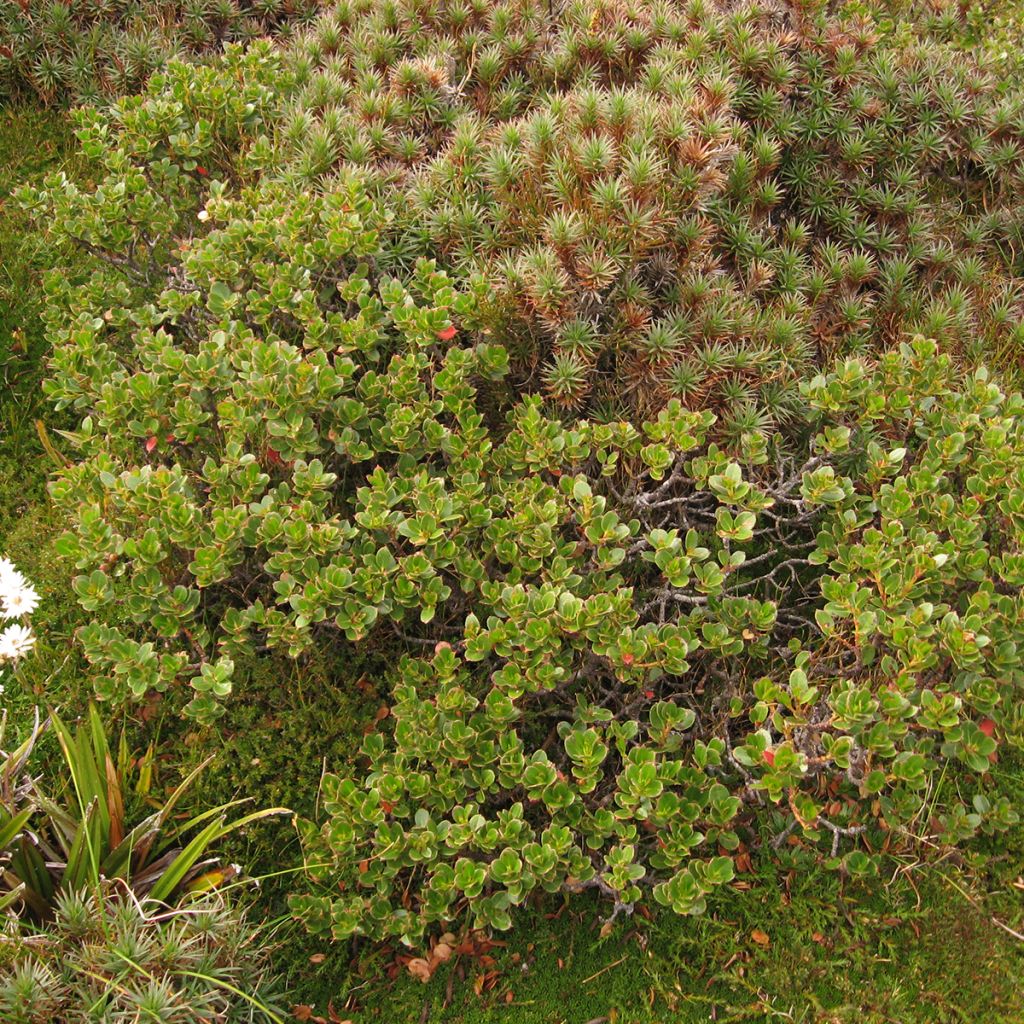

Eucalyptus vernicosa Mt Hartz
Eucalyptus vernicosa Mt Hartz
Eucalyptus vernicosa Mt Hartz
Varnished Gum
Order in the next for dispatch today!
Dispatch by letter from €3.90.
Delivery charge from €5.90 Oversize package delivery charge from €6.90.
More information
This item is not available in your country.
Schedule delivery date,
and select date in basket
This plant carries a 24 months recovery warranty
More information
We guarantee the quality of our plants for a full growing cycle, and will replace at our expense any plant that fails to recover under normal climatic and planting conditions.
From €5.90 for pickup delivery and €6.90 for home delivery
Express home delivery from €8.90.
Does this plant fit my garden?
Set up your Plantfit profile →
Description
Eucalyptus vernicosa Mt Hartz stands out for its original stature. In the garden, this small bush will not exceed one metre and quickly takes on the posture of a specimen, highly appreciated for its small, arrtactive, shiny green leaves, carried by silvery grey knotty branches. Native to the cold and mountainous regions of Tasmania, it is able to withstand temperatures as low as -15°C (5 °F), snow for several weeks, and strong winds. With very slow growth and intolerance to dry conditions, it requires a suitable location in the garden, with moist soil and exposure to sunlight.
Eucalyptus vernicosa, from the Latin vernicosus (varnished), is an endemic species of southwestern Tasmania (an island of Australia), where it is found in high plateaus and alpine regions, especially in the Hartz Mountains National Park. It grows almost exclusively above the tree line, at altitudes between 700 and 1400 metres (2296 feet 7 inches and 4593 feet 2 inches), on wind-swept alpine ridges and heathlands. It thrives on poor, acidic, peaty soils above a rocky substrate of quartzite or sandstone. Belonging to the Myrtaceae family, it is commonly called Varnished gum or Varnished gum tree, referring to the varnished and shiny appearance of the leaves. With very slow growth, this eucalyptus forms a branching bush, with stunted vegetation, reaching one metre in all directions. In its natural environment, it can eventually become a small tree, reaching a height of 3 to 4 metres (9 feet 10 inches to 13 feet 1 inch) over a period of 20 to 30 years. Its bushy habit consists of several stems emerging from the ground. The young shoots are dark green and glossy, with brownish highlights. They bear densely arranged foliage composed of small obovate leaves, pointed at the apex, measuring 1.5 to 3 cm (0.6 to 1.2 in) in length, green and very shiny. Generally, the leaves remain juvenile throughout the plant's life. The leathery leaves are slightly aromatic and release a scent of menthol when crushed, rich in eucalyptol. As the branches age, they become knotty and are covered with a smooth, silver-brown bark. The insignificant flowering mainly occurs in winter, but occasionally at other times. The white inflorescence gives way to fruits in the form of small woody capsules, hemispherical and attached to the branch. They remain attached to the stem for a long time.
This eucalyptus possesses a lignotuber, which consists of a starch-rich swelling that forms on the roots just below the soil surface. This organ allows it to regenerate from the stump in case of severe frost, fire, or severe pruning. The plant also produces numerous shoots from dormant buds located under its bark, which allows it to respond very well to coppicing, pollarding, or more severe pruning. It should be noted that the alpine gum tree tolerates snow, wind, and salt spray very well. Its shallow root system poses less danger to constructions and competes less with other plants in the garden. Its foliage provides only very light shade.
The Varnished gum tree is probably the smallest hardy species of Eucalyptus in the world. It finds a place in the garden planted as a standalone specimen in an open space to appreciate the architecture of this small bush. It tolerates semi-mountainous climates in moist conditions but not overly dry climates. When grown in pots, regular watering is required to prevent drying out. To maintain lush and green vegetation in a container, it is advisable to provide light fertilization, possibly in liquid form, to supply the nutrients in a measured and constant manner during the growth period. Being tolerant of pruning, it is easy to maintain it within the desired volume of vegetation.
Plant habit
Flowering
Foliage
Botanical data
Eucalyptus
vernicosa
Mt Hartz
Myrtaceae
Varnished Gum
Australia
Other Eucalyptus
Planting and care
Eucalyptus vernicosa Mt Hartz is best planted in early spring in cold regions, in early autumn in dry and hot climates. Plant it in well-prepared soil, not too dry but moist, in a very sunny location. Clay or loamy soils, even limestone, are well tolerated. A well-established specimen is hardy down to -15 °C (5 °F) in these conditions and snow is not a problem. Young plants are more sensitive to severe frosts, especially if the frost persists for several days and the soil is damp. In most regions, you can plant it in the ground, ensuring good drainage by adding coarse sand, pumice or non-limestone gravel.
For the first two years, regular watering is necessary, then the bush can do without watering in summer. Fertilizer is not recommended. Pruning is not necessary, and even discouraged, to allow the unique habit of this superb eucalyptus to fully express itself. However, it is well tolerated after flowering or in late summer. It is possible to train the eucalyptus to have a single trunk, selecting the best-placed one and cutting the others back to the ground. It is also possible to coppice this small tree to form a large bush with limited height.
Young plants take root most easily in the ground. The deep root system of the Eucalyptus does not like to be disturbed. Choose its final location carefully.
Mountain species are useful for their hardiness, but they dislike heatwaves and excessively dry soils.
Planting period
Intended location
Care
This item has not been reviewed yet - be the first to leave a review about it.
Evergreen shrubs
Haven't found what you were looking for?
Hardiness is the lowest winter temperature a plant can endure without suffering serious damage or even dying. However, hardiness is affected by location (a sheltered area, such as a patio), protection (winter cover) and soil type (hardiness is improved by well-drained soil).

Photo Sharing Terms & Conditions
In order to encourage gardeners to interact and share their experiences, Promesse de fleurs offers various media enabling content to be uploaded onto its Site - in particular via the ‘Photo sharing’ module.
The User agrees to refrain from:
- Posting any content that is illegal, prejudicial, insulting, racist, inciteful to hatred, revisionist, contrary to public decency, that infringes on privacy or on the privacy rights of third parties, in particular the publicity rights of persons and goods, intellectual property rights, or the right to privacy.
- Submitting content on behalf of a third party;
- Impersonate the identity of a third party and/or publish any personal information about a third party;
In general, the User undertakes to refrain from any unethical behaviour.
All Content (in particular text, comments, files, images, photos, videos, creative works, etc.), which may be subject to property or intellectual property rights, image or other private rights, shall remain the property of the User, subject to the limited rights granted by the terms of the licence granted by Promesse de fleurs as stated below. Users are at liberty to publish or not to publish such Content on the Site, notably via the ‘Photo Sharing’ facility, and accept that this Content shall be made public and freely accessible, notably on the Internet.
Users further acknowledge, undertake to have ,and guarantee that they hold all necessary rights and permissions to publish such material on the Site, in particular with regard to the legislation in force pertaining to any privacy, property, intellectual property, image, or contractual rights, or rights of any other nature. By publishing such Content on the Site, Users acknowledge accepting full liability as publishers of the Content within the meaning of the law, and grant Promesse de fleurs, free of charge, an inclusive, worldwide licence for the said Content for the entire duration of its publication, including all reproduction, representation, up/downloading, displaying, performing, transmission, and storage rights.
Users also grant permission for their name to be linked to the Content and accept that this link may not always be made available.
By engaging in posting material, Users consent to their Content becoming automatically accessible on the Internet, in particular on other sites and/or blogs and/or web pages of the Promesse de fleurs site, including in particular social pages and the Promesse de fleurs catalogue.
Users may secure the removal of entrusted content free of charge by issuing a simple request via our contact form.
The flowering period indicated on our website applies to countries and regions located in USDA zone 8 (France, the United Kingdom, Ireland, the Netherlands, etc.)
It will vary according to where you live:
- In zones 9 to 10 (Italy, Spain, Greece, etc.), flowering will occur about 2 to 4 weeks earlier.
- In zones 6 to 7 (Germany, Poland, Slovenia, and lower mountainous regions), flowering will be delayed by 2 to 3 weeks.
- In zone 5 (Central Europe, Scandinavia), blooming will be delayed by 3 to 5 weeks.
In temperate climates, pruning of spring-flowering shrubs (forsythia, spireas, etc.) should be done just after flowering.
Pruning of summer-flowering shrubs (Indian Lilac, Perovskia, etc.) can be done in winter or spring.
In cold regions as well as with frost-sensitive plants, avoid pruning too early when severe frosts may still occur.
The planting period indicated on our website applies to countries and regions located in USDA zone 8 (France, United Kingdom, Ireland, Netherlands).
It will vary according to where you live:
- In Mediterranean zones (Marseille, Madrid, Milan, etc.), autumn and winter are the best planting periods.
- In continental zones (Strasbourg, Munich, Vienna, etc.), delay planting by 2 to 3 weeks in spring and bring it forward by 2 to 4 weeks in autumn.
- In mountainous regions (the Alps, Pyrenees, Carpathians, etc.), it is best to plant in late spring (May-June) or late summer (August-September).
The harvesting period indicated on our website applies to countries and regions in USDA zone 8 (France, England, Ireland, the Netherlands).
In colder areas (Scandinavia, Poland, Austria...) fruit and vegetable harvests are likely to be delayed by 3-4 weeks.
In warmer areas (Italy, Spain, Greece, etc.), harvesting will probably take place earlier, depending on weather conditions.
The sowing periods indicated on our website apply to countries and regions within USDA Zone 8 (France, UK, Ireland, Netherlands).
In colder areas (Scandinavia, Poland, Austria...), delay any outdoor sowing by 3-4 weeks, or sow under glass.
In warmer climes (Italy, Spain, Greece, etc.), bring outdoor sowing forward by a few weeks.
